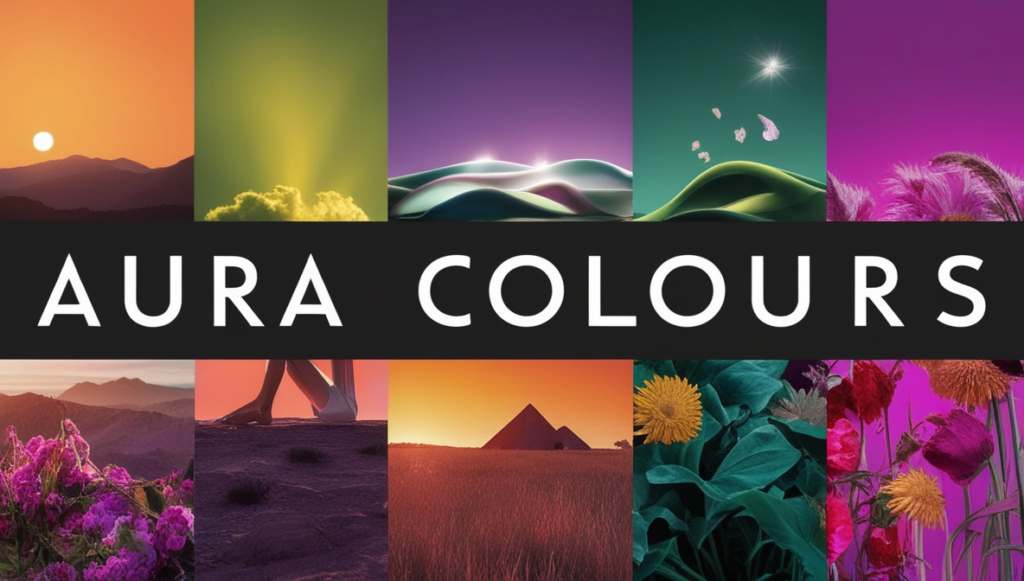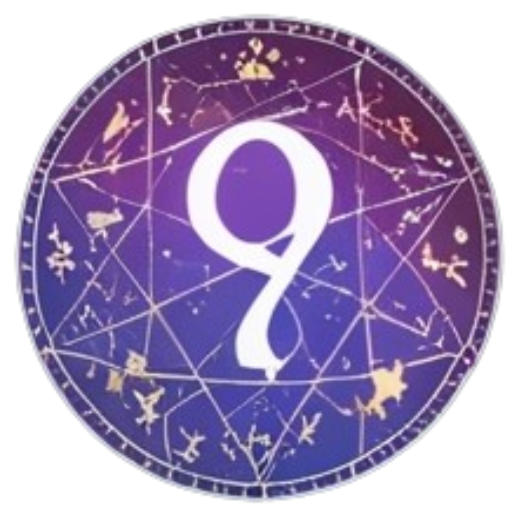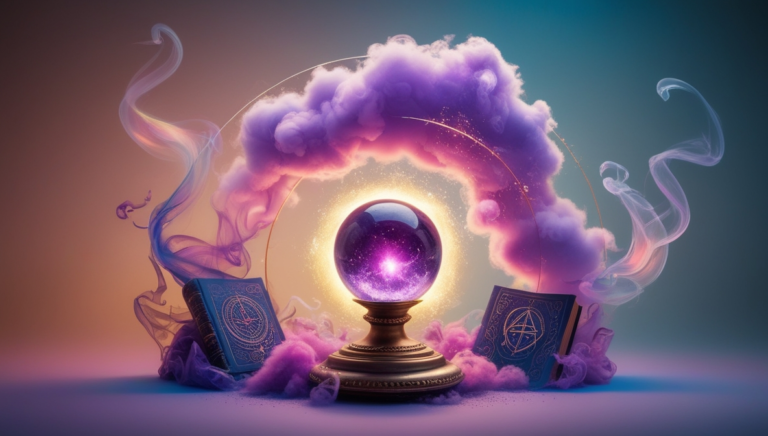
The aura is a vibrant energy field that surrounds every living being, reflecting emotions, thoughts, and spiritual states. This energy manifests in different colors, each with its own unique vibration and meaning. Learning about aura colors can offer insights into your emotional, mental, and spiritual well-being, as well as the energy of those around you.
Every person’s aura is a dynamic reflection of their inner state, and it can change depending on mood, life experiences, and spiritual growth. In this guide, we’ll explore the meaning of aura colors, how they impact our lives, and what each shade says about the energy within and around us. Discover more about Aura.
What Are Aura Colors?
Aura colors are the different shades that appear in the energy field surrounding your body. These colors are not fixed; they change as your emotional, mental, and spiritual states fluctuate. While some people might have a dominant aura color that stays constant, others may see their aura change depending on their current life circumstances.
Each aura color has its own vibrational frequency and meaning. For example, some colors indicate spiritual growth, while others might reflect emotional challenges or imbalances. Understanding these colors can help you become more aware of your energy and guide you towards a more balanced and harmonious life.
The Importance of Aura Colors
Understanding your aura colors is a powerful tool for personal development and spiritual growth. By recognizing what each color means, you can gain deeper insight into your own emotional and spiritual state. For example:
- A bright and vibrant aura suggests that you are emotionally healthy, balanced, and in tune with your higher self.
- A cloudy or murky aura might indicate emotional blockages, stress, or unresolved issues.
Additionally, recognizing the aura colors of others can help you understand their emotional or energetic state, allowing you to navigate relationships with more empathy and awareness.
How Are Aura Colors Perceived?
Aura colors can be perceived in different ways. While some individuals naturally have the ability to see auras, others may need practice to develop this skill. Auras often appear as subtle shades that surround the body, with different colors extending from different areas. The head and heart region are particularly important, as they often reveal the mental and emotional state of a person.
Common Aura Colors and Their General Meanings
While each aura color can have a range of meanings depending on the individual, the following provides a general overview of the most common aura colors and what they typically represent.
Red Aura
Red is the color of energy, passion, and strength. It is associated with the root chakra, which governs physical vitality, security, and survival instincts. A red aura indicates that someone is action-oriented, assertive, and full of energy. However, an excess of red might suggest anger, restlessness, or frustration.
Orange Aura
Orange is tied to creativity, pleasure, and emotional expression. This color is linked to the sacral chakra, which deals with emotions, relationships, and sensuality. A bright orange aura suggests a joyful, creative person, while a dull orange could indicate emotional stress or blockages in self-expression.
Yellow Aura
Yellow is the color of optimism, intellect, and personal power. Associated with the solar plexus chakra, it represents mental clarity, confidence, and a positive outlook on life. People with a yellow aura are often full of ideas, curious, and ambitious. A pale or faded yellow aura, however, may point to insecurity or self-doubt.
Green Aura
Green is connected to the heart chakra and symbolizes healing, compassion, and balance. A green aura suggests a person is grounded, generous, and in harmony with themselves and others. Those with a green aura often work in healing professions or have a deep connection to nature. If the green is muddy or dark, it might indicate emotional wounds or unresolved grief.
Blue Aura
Blue relates to communication, truth, and intuition, linked to the throat chakra. A person with a blue aura is likely to be honest, expressive, and in touch with their inner voice. The brighter the blue, the more spiritual and intuitive the person is. A darker or cloudy blue could suggest issues with self-expression or emotional overwhelm.
Purple Aura
Purple is the color of spirituality and enlightenment, associated with the crown chakra. A purple aura indicates a strong connection to the divine, higher consciousness, and deep intuition. People with a vibrant purple aura are often on a path of spiritual growth, while a pale purple might indicate a need for deeper spiritual connection.
Pink Aura
Pink reflects love, kindness, and emotional balance. It is often seen in people who are compassionate and loving towards others. A pink aura shows emotional sensitivity and the capacity for nurturing relationships. People with a pink aura are usually peaceful, harmonious, and seek connection with those around them.
White Aura
White is the color of purity, spiritual connection, and enlightenment. It often represents a person who is aligned with their highest self and has a clear, open connection to the spiritual world. A white aura suggests that the individual is living in alignment with their higher purpose and has reached a state of spiritual clarity.
Black Aura
Black is not typically associated with positive energy and might indicate an aura blockage. It is often linked to unresolved issues, trauma, or feelings of negativity. A black aura suggests that a person is holding onto negative energy that needs to be released or cleared for healing to occur.
Factors That Affect Aura Colors
Your aura is in a constant state of flux, and different factors can influence its colors, including:
- Emotions: Strong emotions like anger, happiness, or stress can change the color of your aura.
- Physical health: Your body’s physical state can impact your aura, with illness or fatigue often leading to darker or murkier colors.
- Spiritual practice: Meditative and spiritual practices, like yoga or prayer, can cleanse and brighten your aura.
ALSO YOU CAN CHECK
Final Thoughts on Aura Colors
The colors of your aura provide a window into your inner world, offering insights into your emotions, thoughts, and spiritual state. By learning to recognize and understand these colors, you can achieve greater self-awareness and spiritual growth. Additionally, by practicing techniques to cleanse and balance your aura, you can ensure that your energy remains vibrant and aligned with your highest potential.
Each color has its own meaning and message, giving you a deeper understanding of how your energy field reflects your inner state. Exploring your aura colors can lead to powerful personal and spiritual transformation.








